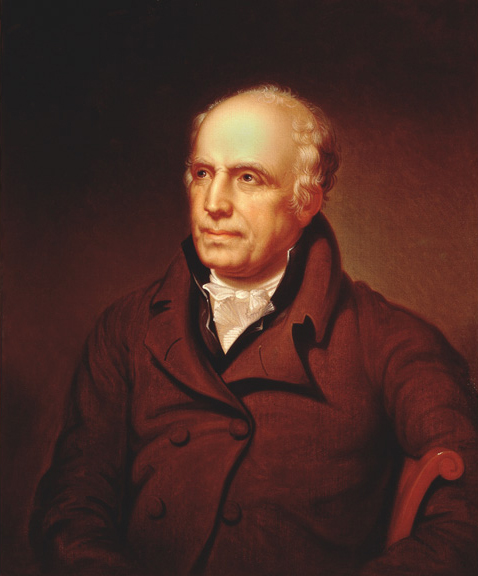In 1803 Patterson, the oldest and perhaps the most erudite of the five American Philosophical Society members Lewis came to consult—Jefferson’s letter explicitly asked for instruction—was editing several works on mechanics and astronomy as well as preparing his own book, The Newtonian System. These efforts had merited adding natural philosophy (physical science) to the title of his professorship in mathematics at the University of Pennsylvania. Later to come was his selection as vice-provost. Patterson was already vice-president of the American Philosophical Society, and succeeded to the presidency on the death of Caspar Wistar in 1818.
Many years earlier Patterson had had his own army career. As a 17-year-old, after a year of service in the militia in his native Ireland during the threatened French invasion of the British Isles, he was offered a commission but declined. His experience was useful later when he instructed American infantrymen in military tactics and otherwise served in the early years of the Revolutionary War.
He was acquainted with the practical difficulties of establishing geographic coordinates under adverse and variable conditions. Philadelphia shipmasters and officers who regularly dealt with heaving decks and poor visibility at sea, for example, were attentive students to his lectures on establishing longitude from lunar observations. He had established a school for that purpose shortly after arriving here; one of his most able students was Andrew Ellicott; one of the most prominent was Meriwether Lewis, for whom he prepared the study manual now known as the Astronomy Notebook.
Mathematics and physics were not his only interests. He was a member of the original Board of Visitors to Peale’s Museum, as was Jefferson. Peale credited Patterson’s gift of a preserved paddlefish with the founding of the museum.
Related Pages
- The Astronomy Notebook -
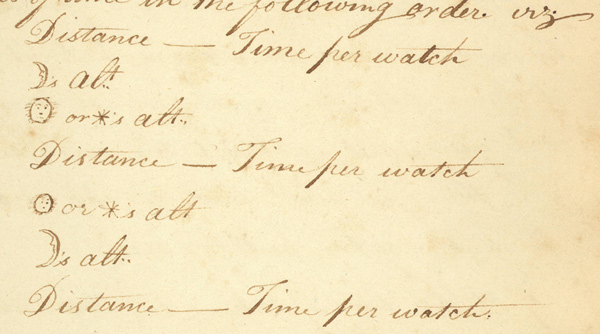
Known now as the "Astronomy Notebook," this extraordinary document has been an obscure and often neglected detail in the history of the Lewis and Clark Expedition. Transcribed in full with commentary by Robert Bergantino.
- Jefferson’s Debt Paid at Last -
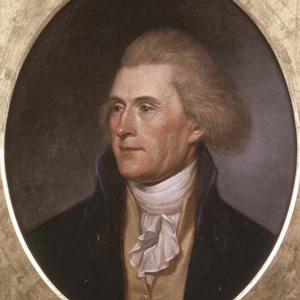
Lewis and Clark made celestial observations at "all remarkeable points on the rivers." Hassler was selected to complete the longitude calculations from that data, but he never finished the job. Jefferson was not satisfied.
- Peale’s Museum -
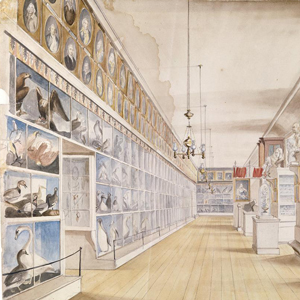
Peale's Museum showcased the natural treasures of the new country such as mastodon fossils from Big Bone Lick and the first public display of artifacts from the Lewis and Clark Expedition.
- Lewis in Philadelphia -
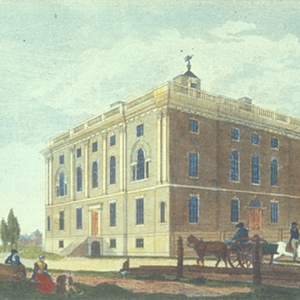
When Meriwether Lewis traveled to Philadelphia in 1802, his guide to the city was Mahlon Dickerson who gave him a survey of people and places well beyond the privilege or opportunity of most Philadelphians of the time.
- September 8, 1803 -

At Wheeling in present West Virginia, Lewis writes a letter to President Jefferson, purchases another pirogue, and meets a doctor who offers to come along. He dines with Thomas Rodney.
Experience the Lewis and Clark Trail
The Lewis and Clark Trail Experience—our sister site at lewisandclark.travel—connects the world to people and places on the Lewis and Clark Trail.
Discover More
- The Lewis and Clark Expedition: Day by Day by Gary E. Moulton (University of Nebraska Press, 2018). The story in prose, 14 May 1804–23 September 1806.
- The Lewis and Clark Journals: An American Epic of Discovery (abridged) by Gary E. Moulton (University of Nebraska Press, 2003). Selected journal excerpts, 14 May 1804–23 September 1806.
- The Lewis and Clark Journals. by Gary E. Moulton (University of Nebraska Press, 1983–2001). The complete story in 13 volumes.
